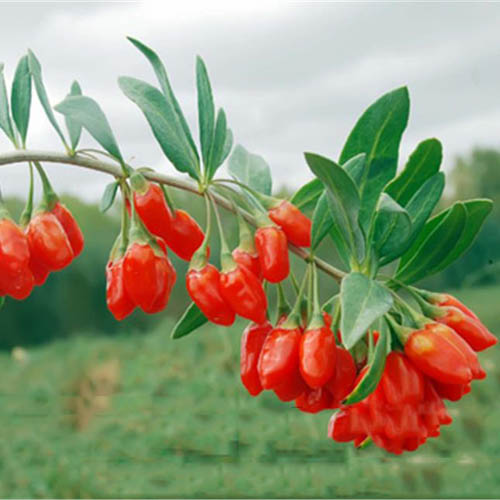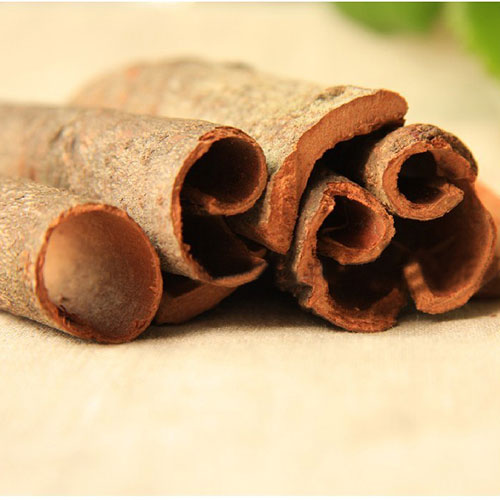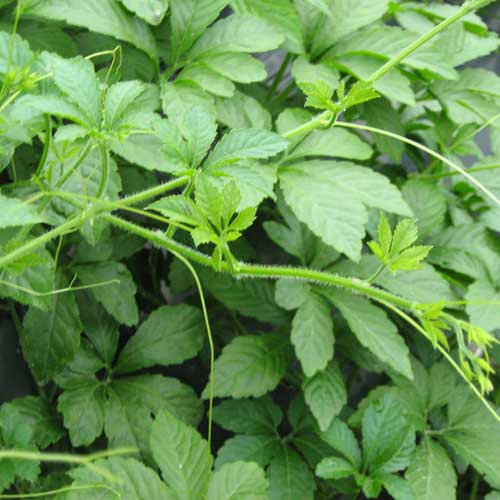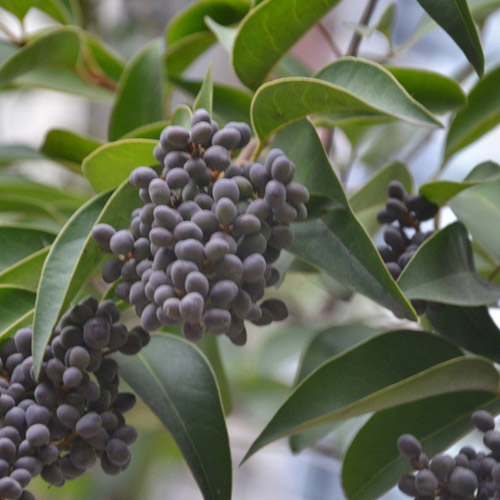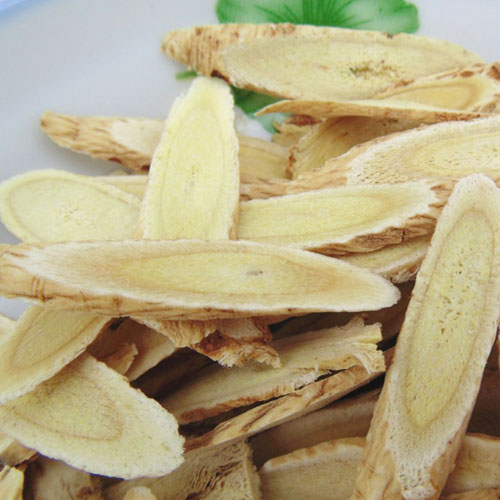- Chinese Name Gou Qi 枸杞
- Latin Name Lycium barbarum L
- Other Names Gou Qi Zi, Goji Berry, Fructus Lycii, Chinese Wolfberry Fruit, Matrimony Vine Fruit
- Used Part Fruit
- Specification Powdered Extract; Juice Powder
Lycium Fruit Extract Powder
Description
Goji berries have long been considered an anti-aging food in Asia and have been an important part of traditional Chinese herbalism for nearly 2,000 years, and modern studies substantiate its health benefits.
The Goji berry contains over 15% protein, 21 essential minerals, 18 amino acids, and one of the highest amounts of beta carotene. The Goji fruit contains many other key nutrients such as vitamin C, vitamins B1 and B2, beta-sitosterol, linoleic acid (a fatty acid) and immunologically active polysaccharides (5-8%) which have extremely high immune supporting properties. This nutrient-dense super food is in a class all its own.
Antioxidants
Antioxidants help to protect our DNA from damage by free radicals and radiation. Without an ample supply of antioxidants our body becomes open to illness and accelerated aging. Free radicals are generated as a byproduct of normal metabolism and exposure to toxins and radiation. This eventually results in an early cell death which has been contributed to a variety of diseases and to the accelerated development of mutated cells that may lead to cancer. All of this is countered with the help of antioxidants.
Carotenoids
Goji berries are one of the best sources of the carotenoid antioxidants, even more than carrots. This is important since research has indicated that the carotenoid content of human tissue is a statistically significant factor in determining our maximum lifespan potential. This means the more carotenoids we consume, the better the possibility we may live a longer life.
Eye Health
Goji berries also contains some very important nutrients for eye health. These include zeaxanthin and lutein. A diet with increased levels of zeaxanthin and lutein has been helpful in decreasing the risk of developing age related macular degeneration, the leading cause of blindness and loss of vision in people above the age of 65.
Immunity & Longevity
Goji berries have also been found to boost the immune system. There are three main components in the goji berry that do this: polysaccharides, beta-carotene, and germanium. Polysaccharides are well known for their immune boosting properties, while beta-carotene seems to boost interferon`s stimulation on the immune system. Germanium, which has been found to be effective in treating certain types of cancer, is also critical in boosting interferon levels. Goji berries also contain sesquiterpenoids which have anti-inflammatory properties. The sesquiterpenoids contained in goji berries are found to be a powerful secretagogue. A secretagogue stimulates the secretion of the human growth hormone by the pituitary gland.
Due to the vitamin and mineral content of goji berries, and the fact that they are the only known food sourced with secretagogue, goji berries have long been known as a longevity food. In fact, legend has it that a man named Li Qing Yuen was believed to have lived to the age of 252 years.

